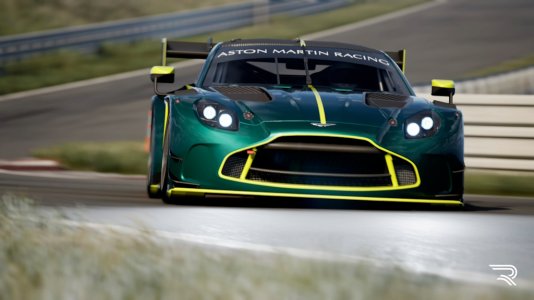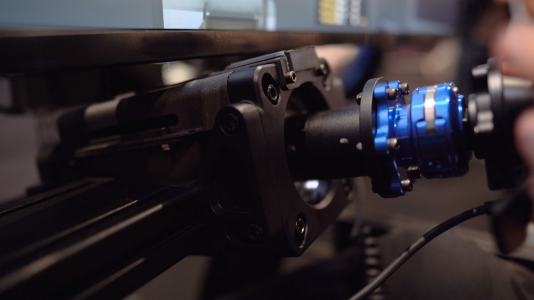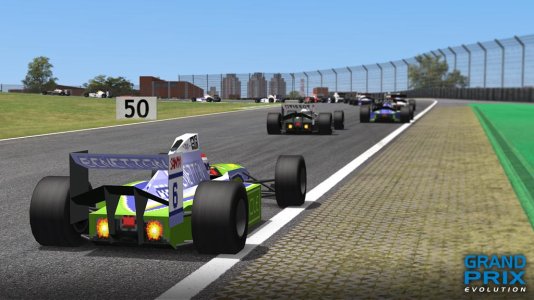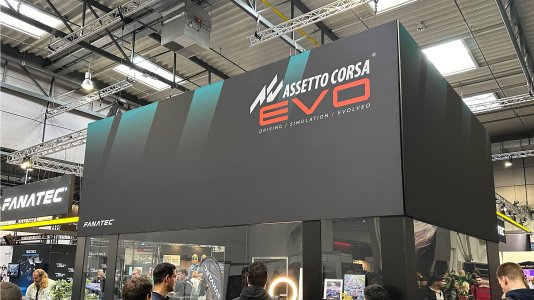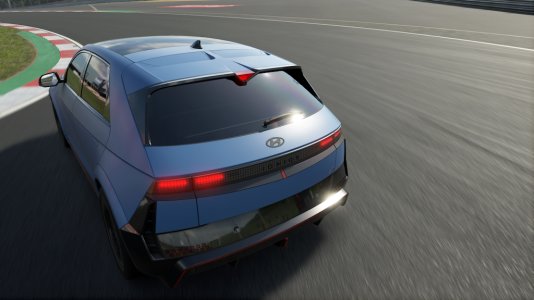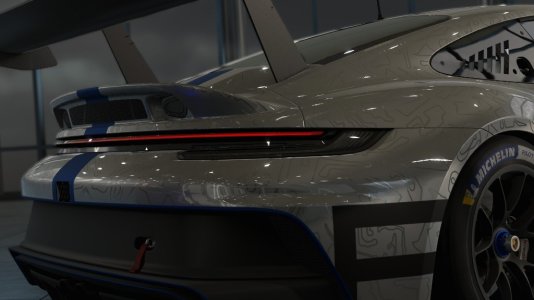Mr Latte
Premium
I tried the Parametric effect again just now but this time at a much lower volume. In the profile it's set at 100% volume, but this was too active and busy while full throttle after the initial torque period coming out of slower turns. Having it set to a lower volume like 30% makes it barely noticeable, but it is still there as the revs are climbing. I tried playing with the sliders in it but found no difference in the output for some reason. I might have to have another look at it.
At least now that I've started forming my own new profile from all of the effects made available by yourself, hopefully I can continue on with it until I am done. It's always such a rabbit hole for me and now that I've removed motion I am having to incorporate more effects onto more units than I've been used to in recent years.
Any effects I already shared are now quite old. I compare them to what I am now working on and feel improvements. So certainly yes more progress has been made and will continue as I am more focused now in going deeper, looking into single effects at a time but of course now with past experience and things tried.
I don't know how others have progressed over time with their own exploration and tests but it is clear, someone with a unit like your using, if they can't feel and enjoy much of the effort put into certain effects as you highlighted a limit around 15Hz.
I may have to get the small Earthquake if I find one going cheap, to compare it myself to other units I have but it may fall somewhere between the BK Mini & BK Advance. Unfortunately, these while quite good do not let a user enjoy the very lowest bass frequencies that are crucial with some effects sensations we may want to achieve.
If you or anyone honestly wants the best richness from effects then, a large BK seems the required option. As yet I still need to try the Q10B but those are typically less popular and more expensive. 15Hz feels very different to 10Hz and as you go down more each Hz has its own character. So in some effects even changing the lowest value by a single Hz makes much more difference than it does with higher frequencies.
All I can say is my focus is to create effects to the hardware I found brings the best results.
From that we could make watered-down versions and try to tweak them but the same felt sensations possible are not going to be close.
One other point...
Keep in mind the shared low-high and high-low test may not output what you think.
Its still not ideal and flawed in some ways.
Example: ACC AMG GT3 2020
This layer has settings for 30Hz-200Hz

Yet at idle with this car, it is closer to 70Hz and progresses upto 200Hz at max rpm.
Might as well see for yourselves (click)

The point with it was that, If people give a reference to what they feel with a specific car, volumes and transducer used then I can replicate that to verify the actual Hz that IS being generated. Different cars could alter things too with their different idle RPM values.
Basically don't use it as a way to determine exactly what your transducers are outputting.
The only way of properly knowing is with visual analysis.
Last edited:





